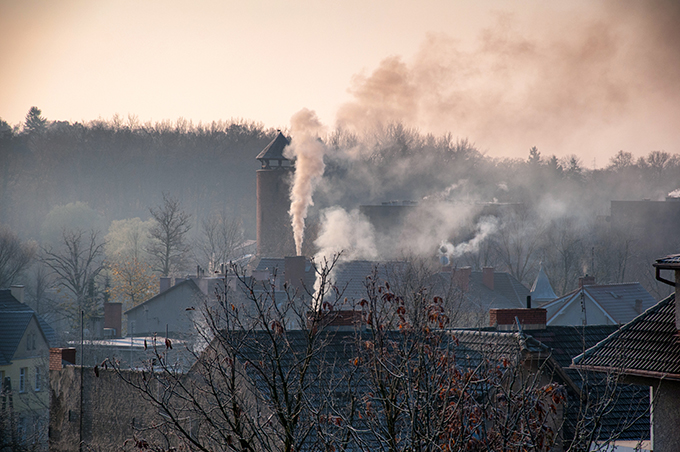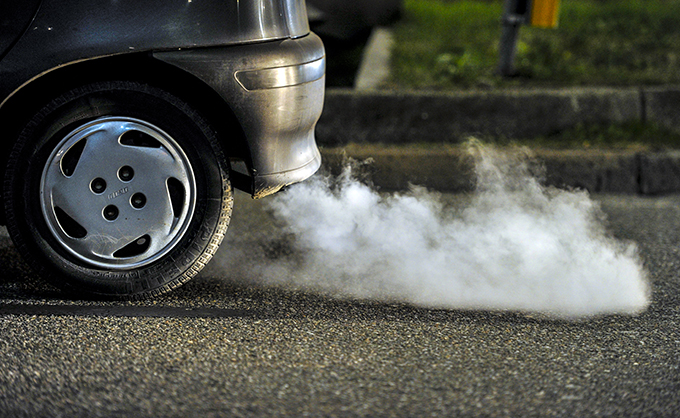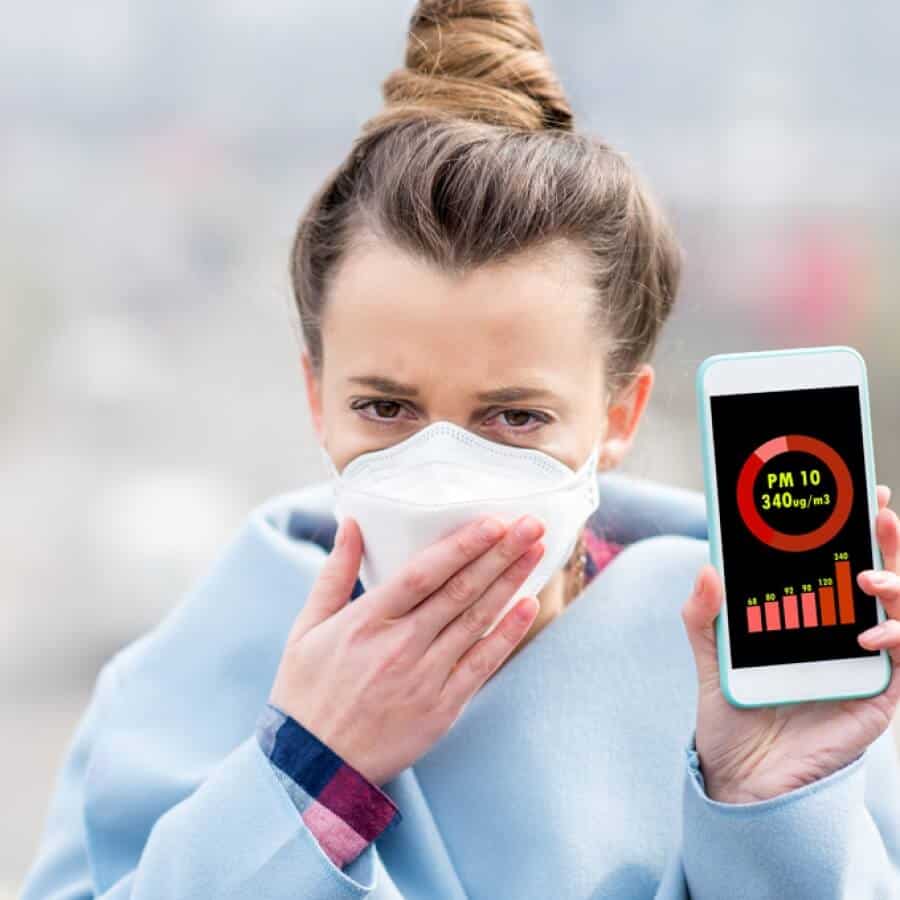The notion that air pollution is more than just a topic that environmentalists use to frighten ordinary people was unconvincing to me when I read about it in a textbook, but not when I felt it from my own experience. After spending a couple of weeks in the Czech city of Ostrava at the height of the winter heating season, where I participated in the project of the Faculty of Natural Sciences of Charles University (atmospheric air quality assessment and solid particles concentration measurement), I returned to Prague with acute conjunctivitis. The ophthalmologist, upon examining me, was horrified and asked how I managed to bring myself to such a state. Hearing in response that I had been working in Ostrava, she nodded knowingly and glumly advised me to avoid traveling to that part of Moravia in the future.
According to the Czech Ministry of the Environment, there are two main sources of air pollution in the Czech Republic: road transport and heating houses by coal. A similar situation has been confirmed for some other countries in Europe, for example, Italy, writes iDnes.cz.

Households heating with solid fossil fuels.
There are also well-known precedents, for example when trash or other low-quality fuels have been used.
“The causes of exceeded emission limits are a particularly difficult group of adjustable air pollution sources – households heating with solid fossil fuels and vehicular traffic,” says Jan Kužel, the director of the Air Protection Department of the Ministry of the Environment.

Vehicular traffic pollution.
Certainly, in the case of Ostrava, it is not only irresponsible citizens who are to blame for the situation, but also a significant level of industrial pollution. But this is a topic for a separate debate. As a result of intense road traffic, as well as improper heating, the composition of atmospheric air is “enriched” by a number of substances that have a negative impact on human health, on animals, and on the environment as a whole. The degree of influence depends both on the substance itself and on the duration of the period of exposure to the body.
From the report of the Czech Ministry of the Environment titled “Information on health risks related to air quality in 2015”, we learn that the biggest problem of air quality in the Czech Republic is attributable to high levels of air pollution with fine dust particles PM10 and PM2.5 (PM – particulate matter, diameter of 10 and 2.5 micrometer).
Other traceable pollutants include nitrogen dioxide (NO2), arsenic (As), nickel (Ni), polycyclic aromatic hydrocarbons (benzo [a] pyrene), benzene (C6H6), sulfur dioxide (SO2), carbon monoxide (CO), heavy metals, and others.
Dust particles (PM10 and PM2.5) are an important risk factor for multiple effects on human health. The size and composition of the particles are influenced by the source from which they originate. Always it is a mixture of substances with different effects. Many of them occurring at the same time act as carriers for other pollutants. The effect of the particles depends on their size, shape, and chemical composition. The particle size is critical for penetration and deposit in the respiratory tract. Larger particles (PM10) are trapped in the upper part of the respiratory tract. Finer particles (PM2.5) penetrate the alveoli. Aerosol particles of PM alone, as a mixture of substances in active outdoor air pollution, are included in the 2013 International Agency for Research on Cancer (IARC) of the World Health Organization (WHO), among proven human carcinogens group №1, contributing to developing lung cancer.
PM2.5 particles are formed as a result of fossil fuel combustion (i.e. coal, oil, diesel or gasoline). There does not seem to be an identified threshold concentration below which the particles do not have demonstrable effects on human health. The most sensitive groups are children, including infants and developing fetuses, elderly people, and those with chronic respiratory diseases (asthma, chronic obstructive pulmonary disease) and circulatory issues, as well as people otherwise weakened by stress, smoking, improper nutrition, etc.
Needless to say, almost every modern person is stressed and rarely boasts an ideal regime of lifestyle, nutrition, and physical activity. And if the solution to the transport issue, in view of the accelerating rhythm of life, is still questionable in the foreseeable future, the negative consequences of citizens behaving irresponsibly and using damaging forms of home heating in the Czech Republic are already in evidence. In September 2016, despite numerous critical reviews, the Czech parliament approved a new version of the law allowing employees of the proper authorities to inspect homes whose owners are suspected of air pollution. Verification will be preceded by a written notification; in case homeowners resist allowing specialists to enter their houses, they face a fine of 50 thousand crowns, advises Lidovky.cz. It is expected that the law will come into force in 2017.
On the one hand, this could be a trigger to aggravating disputes and squabbling among neighbors. On the other hand, if you are a responsible citizen, then nothing threatens you, says Environment Minister Richard Brabec.
The monitoring of compliance with the established limits and reporting on results will be conducted by the Czech Hydrometeorological Institute.
According to official data for 2016, the annual limit of PM10 (40 µg.m-3) was exceeded at only one of the 112 monitoring stations with sufficient data for evaluation.
By the way, the station is located in Ostrava. So in the time that has passed since my conjunctivitis case in 2013, the situation has not changed dramatically.
Photos: Shutterstock
Support us!
All your donations will be used to pay the magazine’s journalists and to support the ongoing costs of maintaining the site.
Share this post
Interested in co-operating with us?
We are open to co-operation from writers and businesses alike. You can reach us on our email at [email protected]/[email protected] and we will get back to you as quick as we can.









